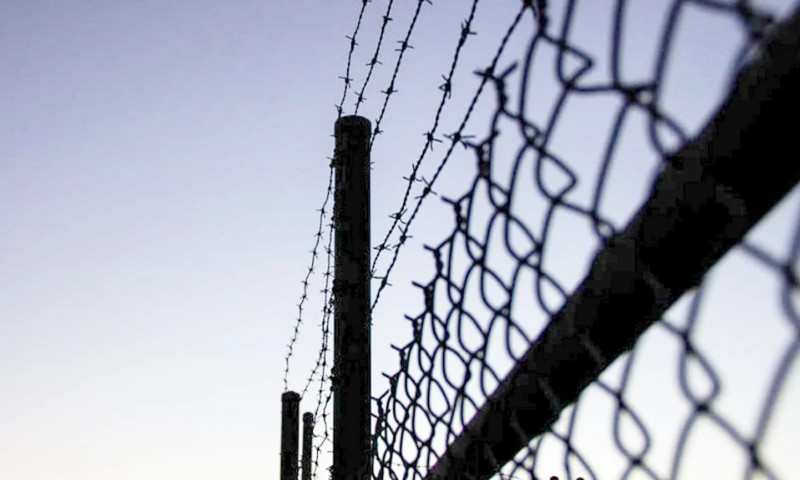
Assam and Meghalaya Begin Border Pillar Construction in Hahim to Resolve 50-Year-Old Dispute

 :
| Updated On: 03-Jul-2025 @ 3:59 pm
:
| Updated On: 03-Jul-2025 @ 3:59 pmSHARE
In a significant step toward resolving a decades-old interstate border dispute, officials from Assam and Meghalaya have begun the construction of boundary pillars in the Hahim region of Assam’s Kamrup district. This effort aims to bring clarity and finality to a contentious issue that has persisted since Meghalaya's separation from Assam in 1972.
This initiative follows the signing of a historic Memorandum of Understanding (MoU) in March 2022 between the two northeastern states, in the presence of Union Home Minister Amit Shah in New Delhi. The MoU marked a major milestone by resolving six out of the twelve identified disputed areas. These areas had long been the source of administrative confusion and occasional conflict, with overlapping claims from both states.
The ongoing boundary pillar construction is focused on the areas surrounding the Gijang and Tirchang rivers. These rivers run through multiple villages such as Umshek (Mathapota), Maspara, Malapara, Ranighar, Salpara, Thutia Bazaar near Hahim market, and Rangsapara near Athiabari in Meghalaya. The physical placement of boundary markers in these locations aims to clearly demarcate the border, prevent further territorial confusion, and facilitate smoother governance and development efforts.
The renewed effort comes after a recent meeting held on June 2, 2025, between Assam Chief Minister Himanta Biswa Sarma and Meghalaya Chief Minister Conrad K. Sangma. In this meeting, both leaders reiterated their commitment to resolving the long-standing dispute and agreed to expedite the installation of boundary pillars in the six already-resolved areas — Tarabari, Gizang, Hahim, Boklapara, Khanapara-Pilangkata, and Ratacherra. They also set a deadline of August 15, 2025, to complete the process, symbolizing a gesture of unity ahead of India’s Independence Day.
A senior official from the survey team involved in the boundary work described the pillars as symbols of peace and inter-state cooperation, stating, “This pillar represents more than just a marker; it’s a testament to our commitment to peace and stability along the border.” He confirmed that survey and construction teams from both states would begin simultaneous work, particularly in the areas near the Gijang River, to ensure synchronized progress.
Local residents have welcomed the move, expressing relief at finally receiving clear direction after decades of living in administrative limbo. An elderly villager from Rangthali remarked, “We’ve lived in confusion for decades, caught between two states. Now, history is being etched in stone.”
Despite the progress, six contentious sectors — Block I, Block II, Langpih, Deshdoomreah, Khanduli, and Nongwah-Mawtamur — remain unresolved. These regions are fraught with complex ethnic compositions, deep-rooted historical claims, and a lack of consistent enforcement on the ground. The unresolved status of these areas stems from the limitations of the Assam Reorganisation Act of 1971, which originally attempted to draw the boundaries between the two states but failed to provide clarity in certain regions.
In conclusion, while the installation of boundary pillars in the resolved sectors marks a major step forward in settling the Assam-Meghalaya border dispute, the path ahead requires continued dialogue, trust-building, and cooperation to resolve the remaining areas of contention.